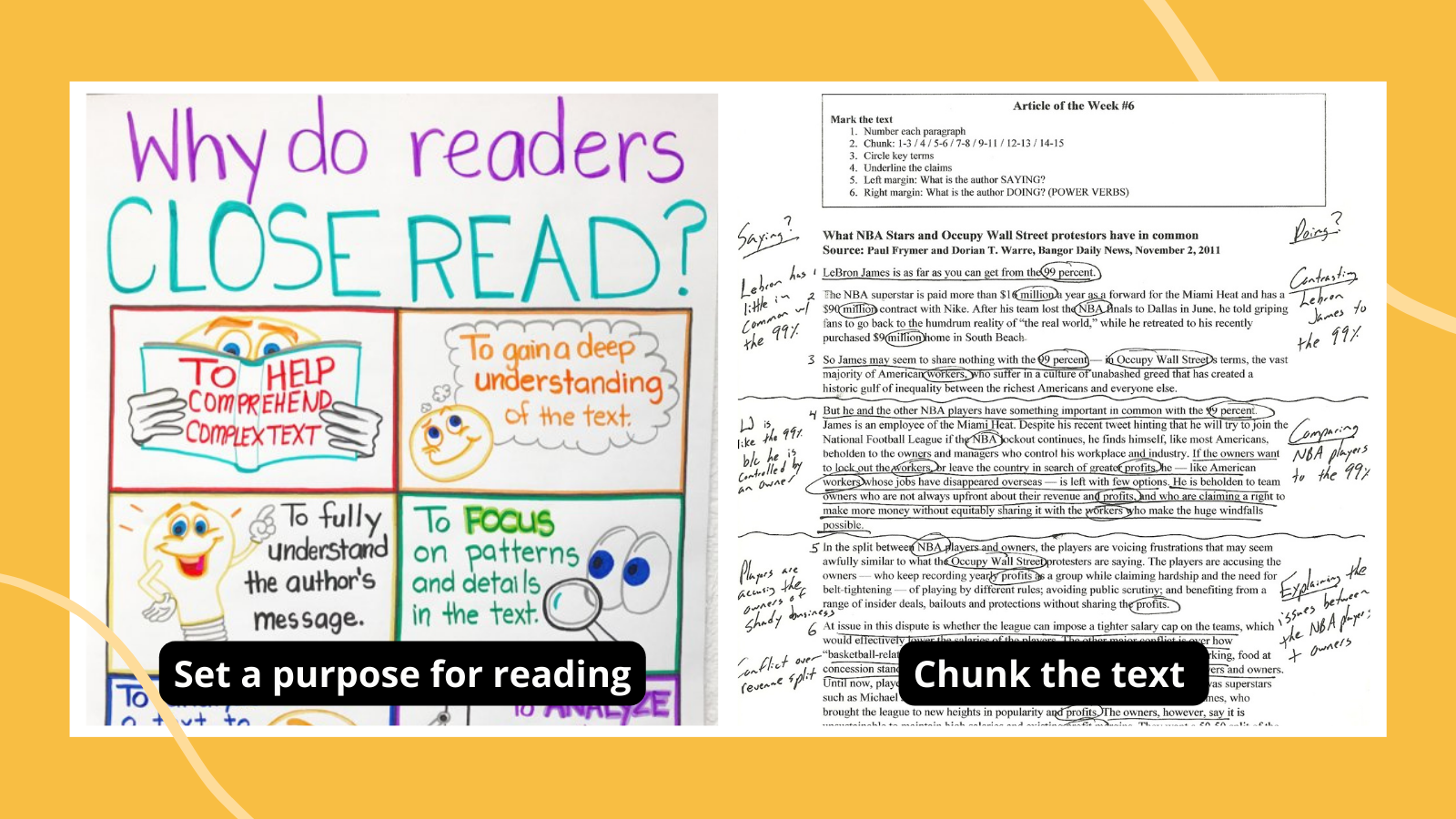Reading comprehension is a crucial skill that students need to develop in order to succeed academically. However, many students struggle with understanding and retaining information from texts. In order to help students improve their reading comprehension, educators can employ various instructional strategies that cater to different learning styles and needs.
By using effective instructional strategies, teachers can support students in developing the necessary skills to comprehend and analyze texts across different subjects. These strategies can help students not only understand the content but also apply critical thinking skills to interpret and evaluate the information they read.
Instructional Strategies for Reading Comprehension
One effective instructional strategy for reading comprehension is the use of graphic organizers. Graphic organizers help students visually organize information from a text, making it easier for them to identify main ideas, supporting details, and relationships between concepts. By using graphic organizers, students can improve their ability to summarize and synthesize information from a text.
Another effective strategy is the use of reciprocal teaching. Reciprocal teaching involves students taking on the role of the teacher by summarizing, questioning, clarifying, and predicting while reading a text. This strategy helps students engage with the text actively, leading to a deeper understanding of the content and improved comprehension.
Close reading is another valuable instructional strategy for reading comprehension. Close reading involves students reading a text multiple times to analyze and interpret the content at a deeper level. By focusing on specific aspects of the text, such as vocabulary, structure, and tone, students can gain a better understanding of the author’s message and perspective.
Furthermore, incorporating think-alouds into reading instruction can help students develop metacognitive skills that enhance their reading comprehension. By verbalizing their thoughts as they read, students can monitor their understanding, identify comprehension challenges, and employ strategies to overcome obstacles to comprehension.
In conclusion, improving reading comprehension requires the use of effective instructional strategies that cater to the diverse needs of students. By implementing strategies such as graphic organizers, reciprocal teaching, close reading, and think-alouds, educators can support students in developing the skills necessary to comprehend and analyze texts effectively.
